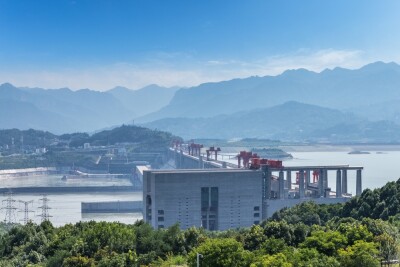Every week, we highlight stories from friends around the internet that put a spotlight on the latest in the 3D technology industry. These stories can take many different forms, whether they be about a new innovation or workflow, an interesting and/or unique use case for 3D technology, or a higher level look at the state of the sector. Today, we look at the important role digital twins can play for infrastructure, the value provided today by Gaussian Splats for the AEC industry, and combining reality capture and GIS.
Find links to the full articles below.
Digital Twin is the Backbone of Infrastructure Decision-Making
Geospatial World
The promise of digital twins compared to even more recent 3D models that didn’t contain all of these multitudes of data – to say nothing of traditional paper drawings – was always huge, but it took a little while to get there. Now, we are seeing real value coming from these tools for a variety of industries and use cases. As this article dives into, infrastructure could be one of the real beneficiaries of the technology. The article interviews Bentley founder and former CTO Keith Bentley about the role digital twins can play for infrastructure and where that value specifically lies.
Why Drone Footage and Gaussian Splats Are the Future of 3D Visualizations in AEC
Helios Visions
Gaussian Splatting is one of the newest techniques in the 3D modeling world, providing a way to create stunning 3D visuals with far fewer images than needed in more traditional methods. Earlier this year, Geo Week News held a webinar talking about these techniques, and it included Ted Parisot from Helios Visions. This article dives into a lot of what he talked about there and more, diving into what Gaussian Splats really are, and what they are able to provide for visualizations needed from AEC companies today and moving forward.
Transforming Fiber Network Planning with Reality Capture and ArcGIS
John Schroeder | Esri
Reliable broadband connection is crucial for everyone in today’s day and age, but there is vast inequality in this area across the United States. A lot of work is being put in to address this through recent legislation, but putting that into practice is still a lot of work. This article from Esri looks at how reality capture combined with their ArcGIS has helped one engineering company put this work into place.






